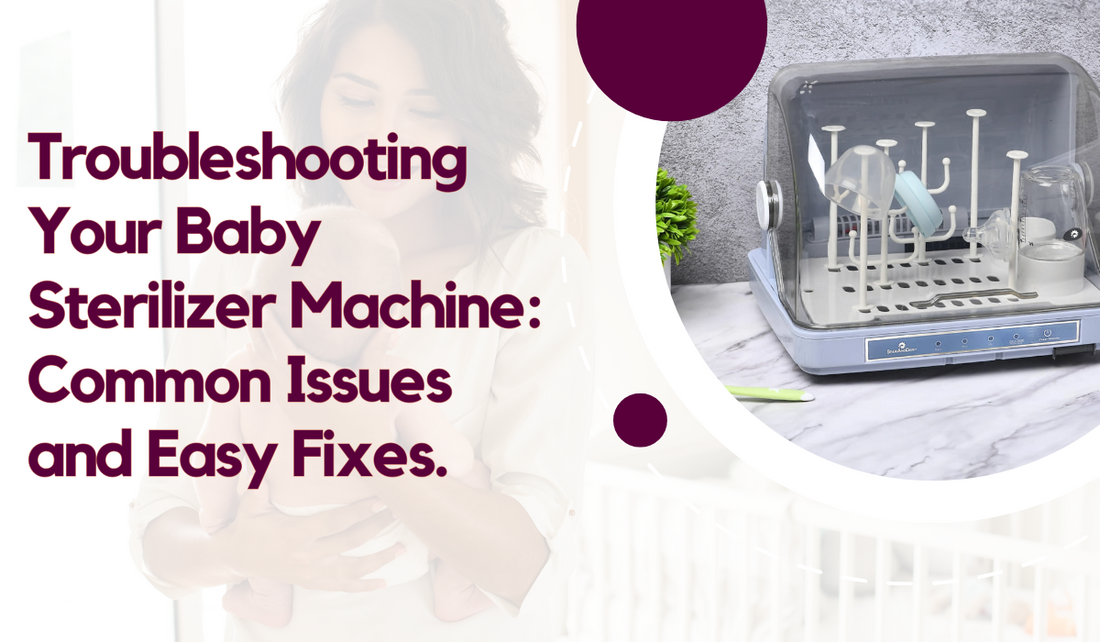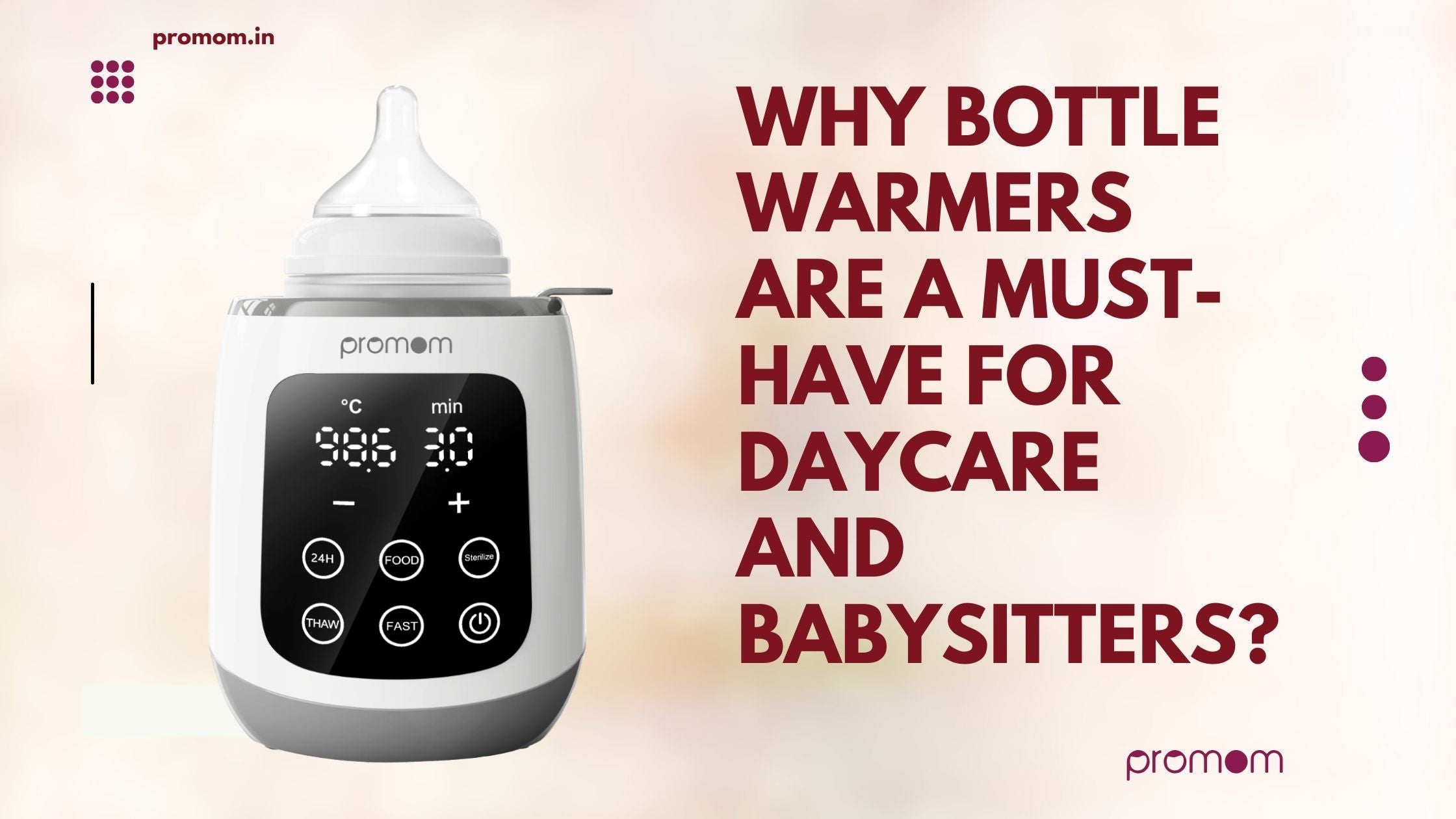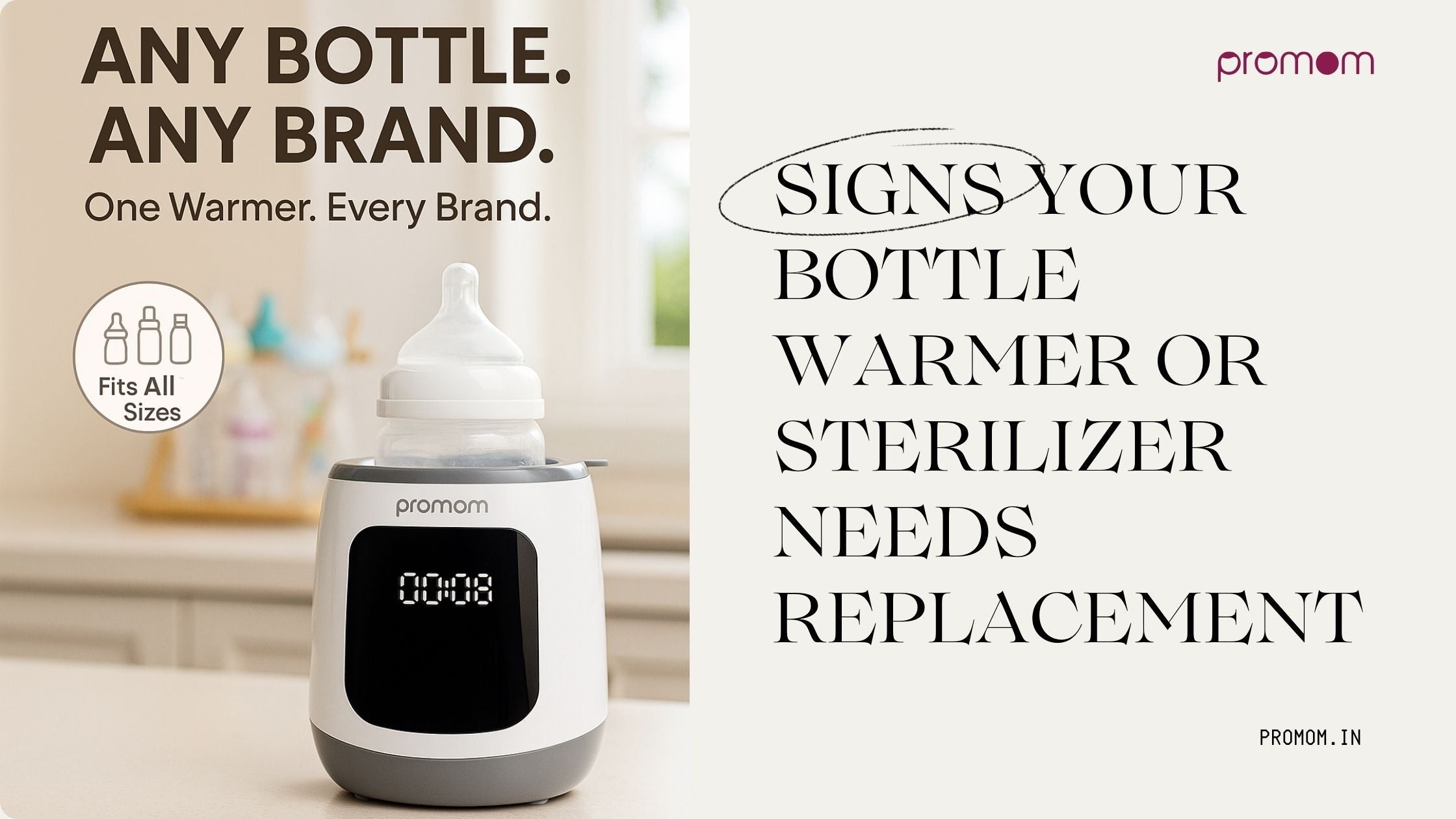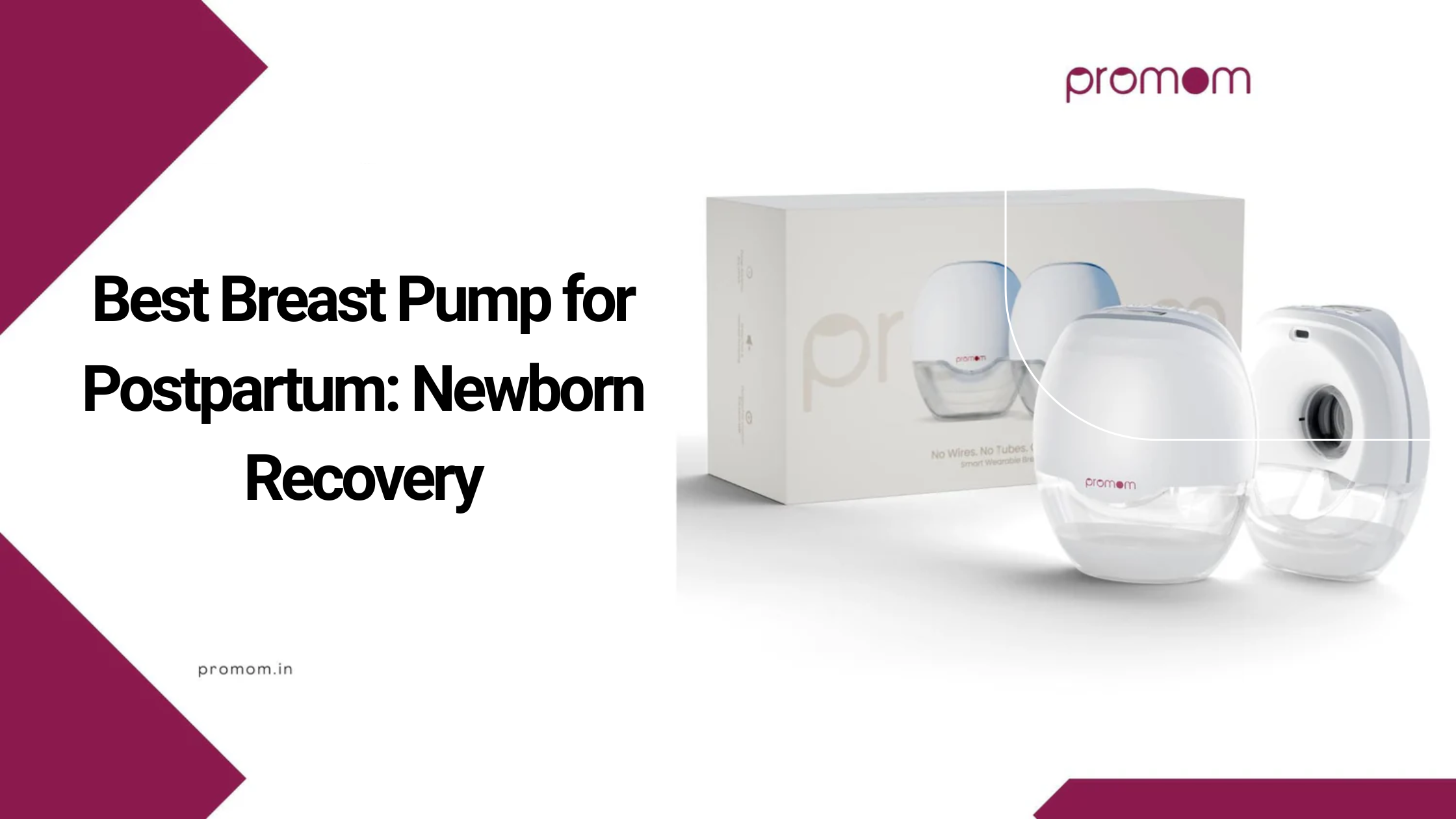
Troubleshooting Your Baby Sterilizer Machine: Common Issues and Easy Fixes.
Nowadays necessary to make sure that your sterilizer machine for baby operates properly for the benefit of your little one. However, just like any other household appliance, baby sterilizers are not left out of the list of equipment that may experience some problems. Many of these issues are just without much tweaking.
Here are some questions and answers that can help you troubleshoot some of the most common problems found in a sterilizer and have it back up and running in no time.
1. Machine Won't Turn On
If you find that your sterilizer machine for baby does not turn on, the first thing you should do is to consider the power supply. Chances are good that yours may not have connected well to an outlet, so check that it is plugged in and plugged into another outlet.
Check if it has any signs of wear and tear such as fraying. At other times, it could be an issue as simple as a tripped fuse or a problem with the power button.
Do not use extension cords because they may affect the flow of voltage through the electrical circuits. If all these do not work, there may be an internal short-circuit or damage that needs to be repaired or replaced by manufacturers.
2. Sterilizer Is Not Heating
If the sterilizer is on but not heating up and not steaming, one must always consider the water level—it should not be low, as it will not heat up when water is low. Recharge to the indicated line. If that is the case, then the heating element might have gone bad. As with any other colonic irrigation device, mineral buildup may also be a limiting factor of this device.
It is necessary to clean the base of the utensil and, if required, get rid of the scale as well. In case it still would not heat, you should contact the manufacturer for help or the relevant spare parts. The continuous use of these products without heating affects the sterilization aspects and hence requires immediate intervention for the sake of your baby.
3. Water boiling and steam not reaching the desired level
The lack of steam output can become a barrier for sterilization. This is usually due to a blockage in the steam vent or the control of the water that feeds the turbine. First, one should use a small brush or cloth to check and clean the vent. Next, fill the reservoir depending on the directions given by the manufacturer; too little or too much water affects steam production.
Do not use hard water because hardened minerals could stick on the surface over time. To keep your sterilizer machine for baby in good shape and your baby’s bottles and accessories clean, all you need is to undertake regular maintenance.
4. Smell or Stains inside the Sterilizer
Some odors or stains in sterilizers can be attributed to bacterial proliferation or buildup of minerals. After each use of the sterilizer, it should be cleaned with soft soap and warm water. For difficult stains, you may use a baby-safe descaling solution or warm water with vinegar.
The remains of the minerals in hard water may hinder the precipitation of the copper ion solution, and one should use the filtered water. It is also important to make sure the unit is completely dry before storage. Cleaning also eliminates bad odors and makes your sterilizer machine for baby function efficiently with proper cycles.
5. Machine Makes Strange Noises
Any unusual sound during operation of the equipment may be attributed to a faulty motor or a foreign object stuck in the equipment. Firstly, you should turn off the machine and disconnect it from any source of power. Clean the floor of any objects or debris, equipment, buildup, or any obstruction found inside the equipment.
It is advisable to clean the unit well, most especially the heating plate as well as the internal chamber. If noise is likely to continue, then there could be a problem with the motor or the pump. It is recommended not to continue using it, as it may aggravate the situation even further.
6. The sterilizer is not completing its cycle
If at any point it does not complete whatever cycle it is undertaking or takes an eternity to complete, then that may be as a result of an overheating sensor or maybe a bad timer. It is recommended to let the unit cool to do so and then attempt to turn it on again.
Maintain the stability of the power source and do not overload the machine. Some factors include checking for the water levels. Chronic issues may be indicative of a faulty thermostat or some other internal issue. In such cases, it is advisable to seek advice from the manufacturer since its integrity may be negatively impacted by such sterilization practices.
7. Machine Leaking Water
Possible issues can be due to wrong installation and may also be caused by a breakage in the water chamber during use. Carefully disassemble the unit by unscrewing and carefully reassemble the unit after ensuring all parts are well fixed in place and the seals are well tightened.
Gently touch and feel the base and the reservoir, and check if there is any crack or if the base is warped. If it gets damaged in any way, some parts have to be replaced because continuing to use it may cause short-outs.
Remember to always use the proper portion of the water—adding more water, if any, may lead to the overflow. Following the right steps in assembling and performing maintenance on your sterilizer machine for baby will prevent or reduce leakage.
Conclusion
This can be very discouraging, having to deal with a faulty sterilizer, though with the following guide, it's possible to get your sterilizer machine for baby to work effectively and safely.
Cleaning and descaling, and servicing are requirements for the prevention of most of these mishaps. If the issues stay unresolved, it is wise to contact customer service or a technical expert.
To get more offers and promotions, visit Promom now and maintain your baby’s sterilizer properly!


